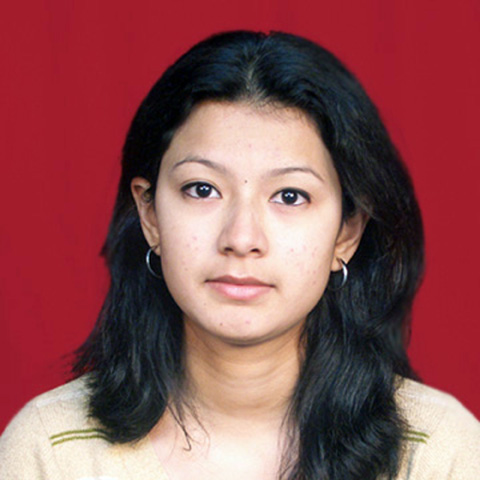Columns
Mother's milk is best
Optimal breastfeeding is a cornerstone for improved health and national development.
Manisha Shrestha
The first week of August is commemorated as World Breastfeeding Week every year. The slogan for this year's celebration is 'Empower Parents, Enable Breastfeeding'. Breastfeeding is essential to save lives and improve the health and socio-economic development of individuals and nations. The benefits of breastfeeding to mothers, children, communities and nations are innumerable and well known. For a child, it means protection from common childhood illnesses such as pneumonia and diarrhoea (two childhood causes of mortality), better cognitive development, and lower risk of obesity in later life. For a mother, the benefits are protection against breast and ovarian cancer, birth control, protection against type II diabetes, and prevention of postpartum depression.
A recent study has shown that the cost of not breastfeeding amounts to $1.1 billion annually in treatment expenses for morbidity and mortality. Breastfeeding is one of the most cost-effective interventions for the economic development of any country. In fact, a recent study has revealed that the total global economic losses of not breastfeeding are estimated to be $341.3 billion. Optimal breastfeeding, therefore, improves human capital development and reduces the health expenditure of families and countries.
Optimal breastfeeding benefits everyone. Despite the advantages, globally only 41 percent of infants under the age of six months are exclusively breastfed. In Nepal, half of the women start early breastfeeding within one hour of birth, and only 66 percent of the children are exclusively breastfed. The rate of breastfeeding is inversely proportional to the increase in the child's age, with a median duration of 4.2 months. The data also suggest that children in urban areas and higher wealth quintile are less likely to breastfeed exclusively. This phenomenon is most likely due to complete or partial replacement by formula milk and lack of provision of maternity leave for a longer duration. A child should be breastfed for two years or beyond with the introduction of complementary food upon completion of six months of age.
Counselling is observed to be a weak string for optimal breastfeeding for various reasons. Health workers should acknowledge the importance of counselling, and provide intensive counselling during various contact points. The role of female community health volunteers is also significant as the first contact point for health in the community. Counselling should focus on infant and young child feeding behaviours, and enable women to dissect the barriers for breastfeeding. It should consider the family-based approach where the attention should be given not to the parent alone but to the entire family. While Nepal experiences a lot of labour migration with most of the husbands living away from home, family-centric counselling is not a choice but a compulsion to create an enabling environment for optimal breastfeeding.
The Nepal Breast Milk Substitute Act was promulgated in the country more than a decade ago, but there is no stringent monitoring mechanism to enforce this law. It is necessary to develop and implement a robust monitoring mechanism to ensure that this piece of legislation is implemented regularly and properly. It is also necessary to strengthen the 10 steps to successful breastfeeding, especially outside the major cities, as more women are delivering in health institutions or in the presence of a skilled birth attendant. More women are now in the labour force than ever before. Workplace breastfeeding policies like paid maternity leave (18 weeks or preferably six months) for working mothers, quality of service, breastfeeding breaks, and nursing rooms (in the office and public spaces) are critical to providing a supportive environment for optimal breastfeeding.
The World Bank estimates that an investment of $4.70 per newborn is needed to reach the World Health Assembly’s global target of exclusive breastfeeding by 2025. Therefore, continuous funding programmes and policies that support breastfeeding are imperative to meet the global target. Every dollar invested in breastfeeding can generate $35 in return. Let us all work together to safeguard breastfeeding and improve health and development.
***
What do you think?
Dear reader, we’d like to hear from you. We regularly publish letters to the editor on contemporary issues or direct responses to something the Post has recently published. Please send your letters to [email protected] with "Letter to the Editor" in the subject line. Please include your name, location, and a contact address so one of our editors can reach out to you.




 17.12°C Kathmandu
17.12°C Kathmandu















